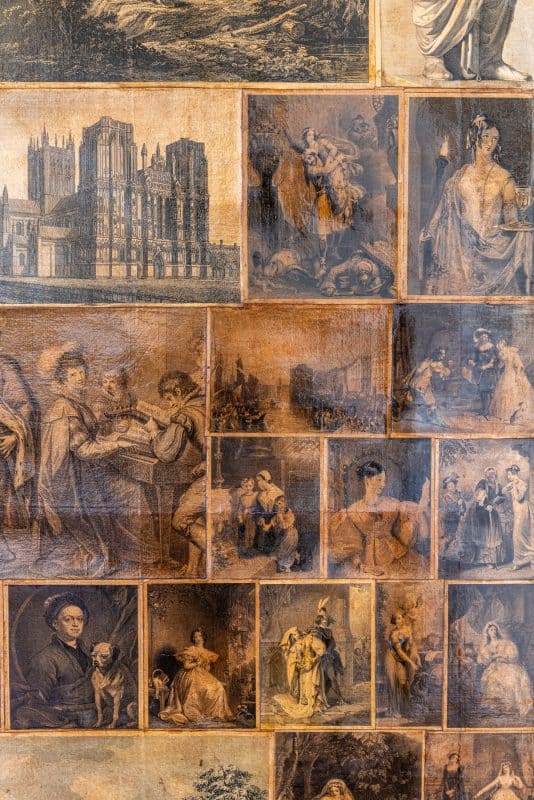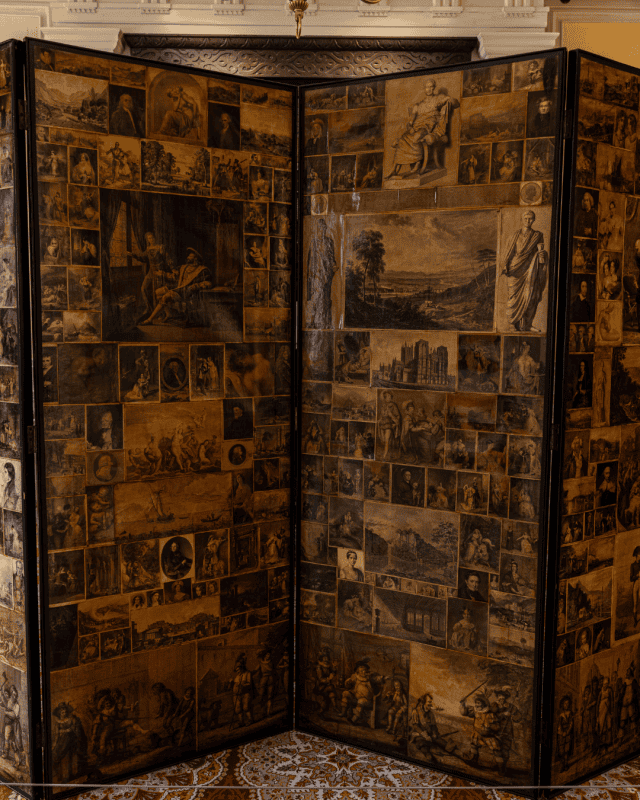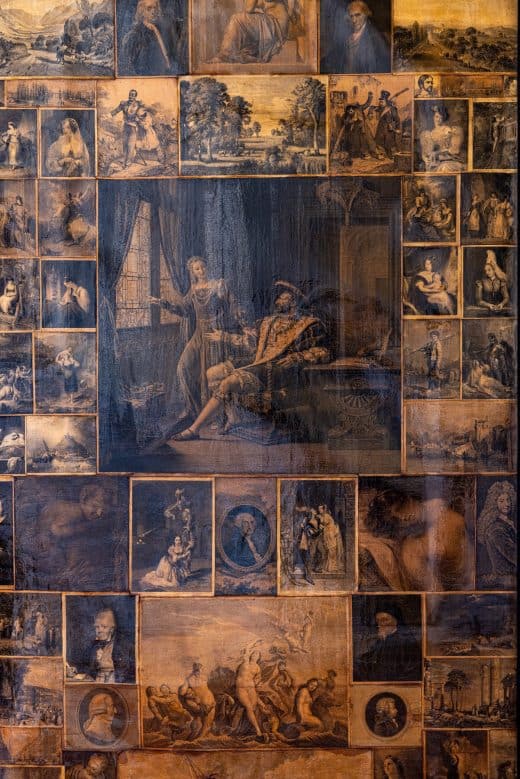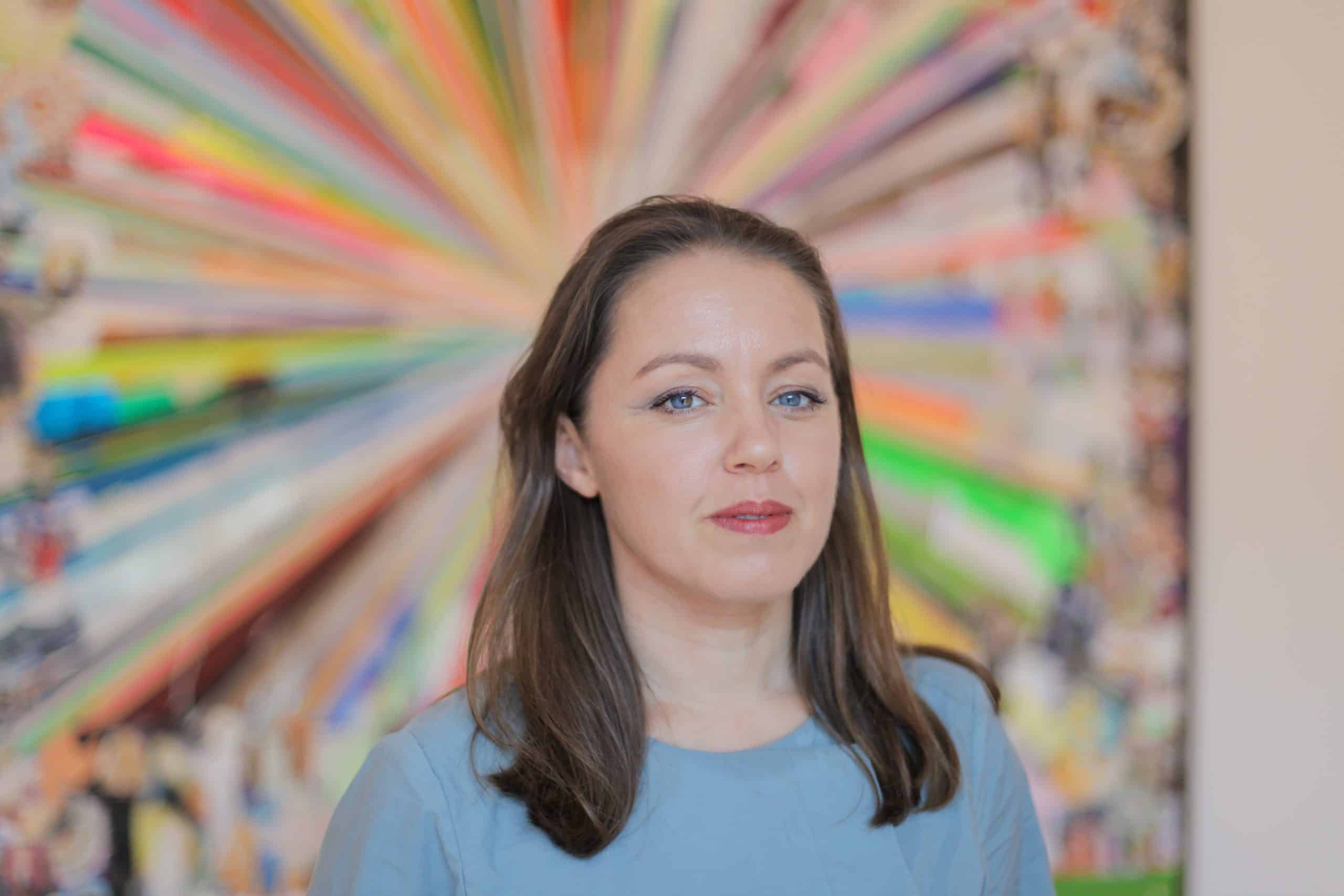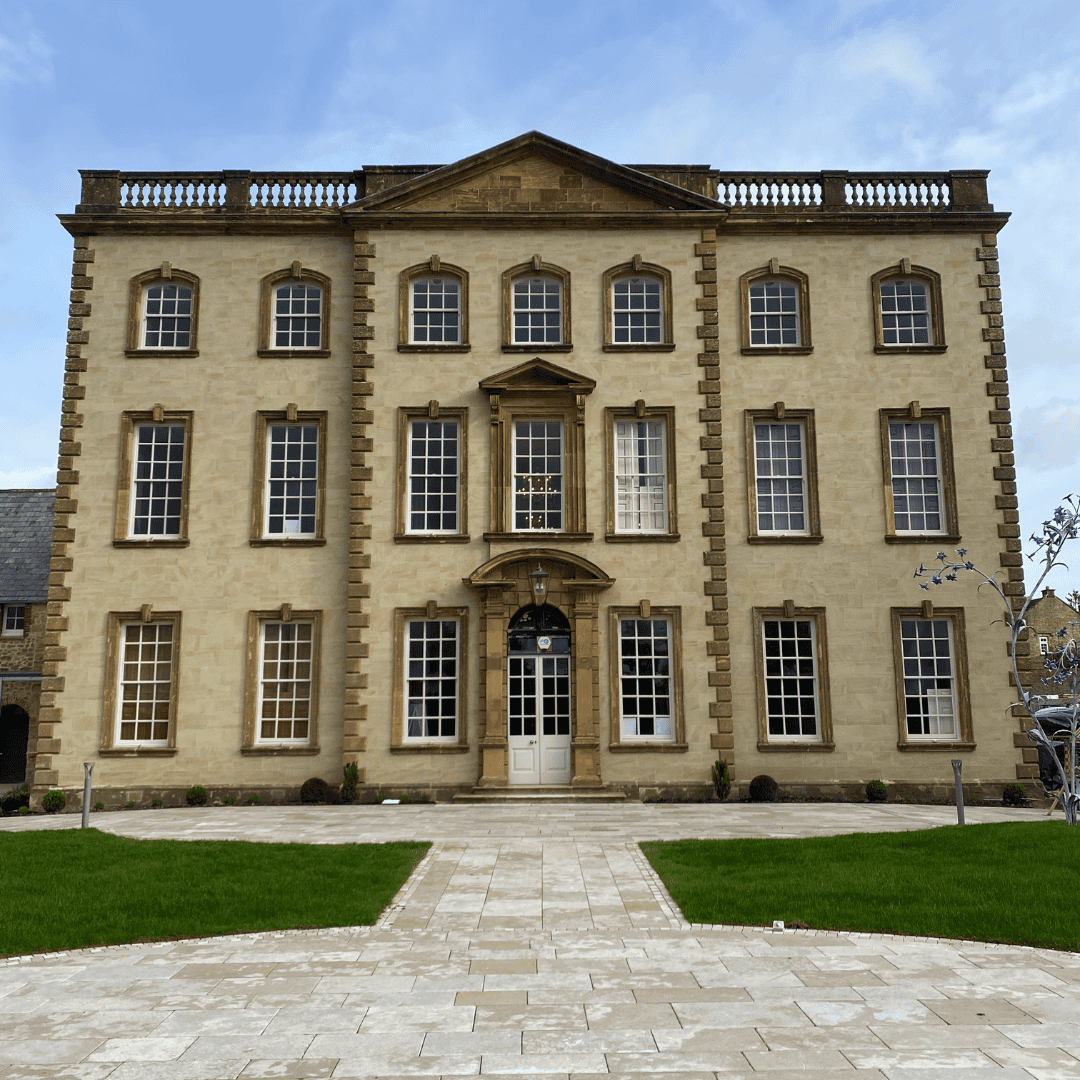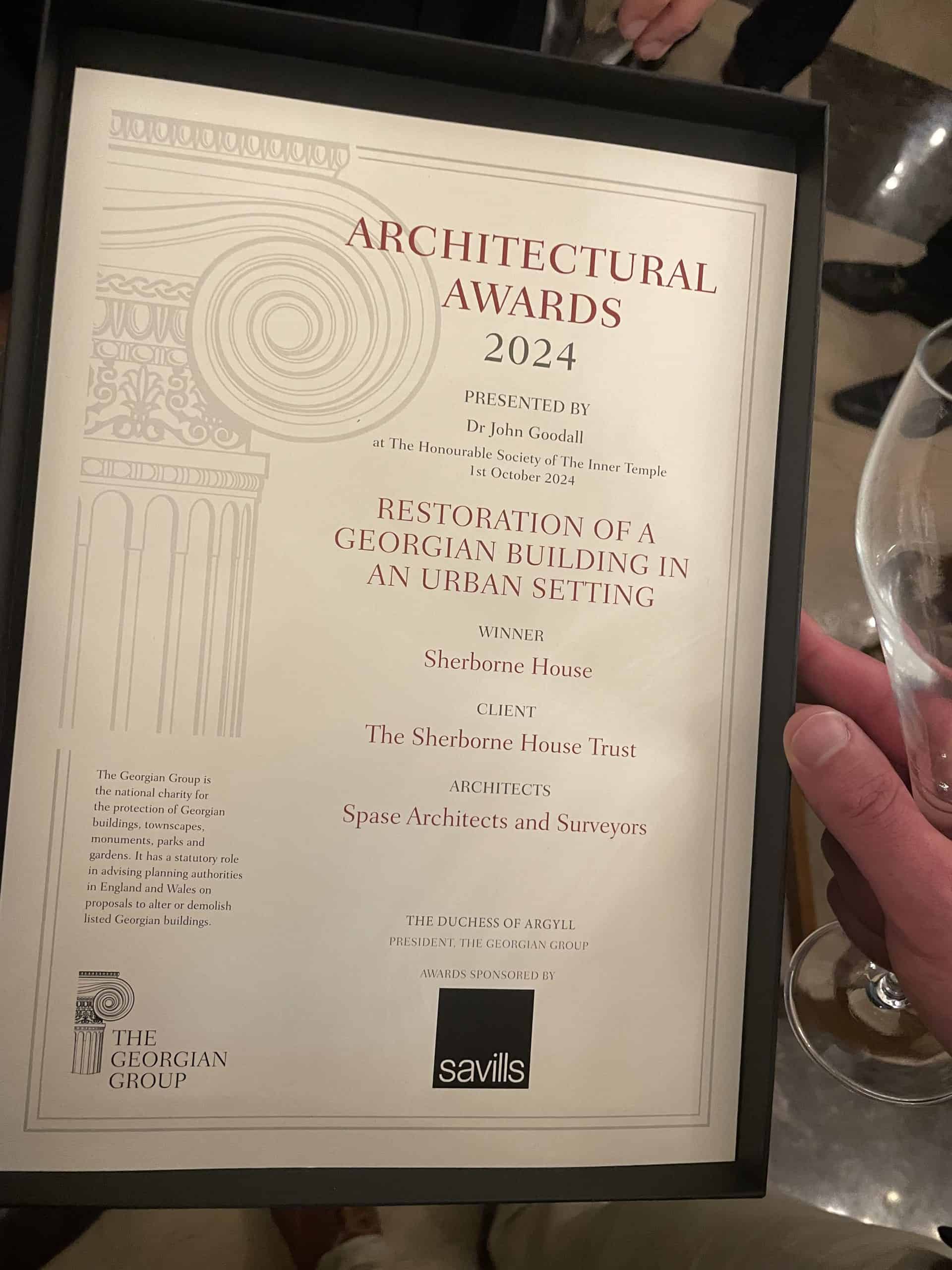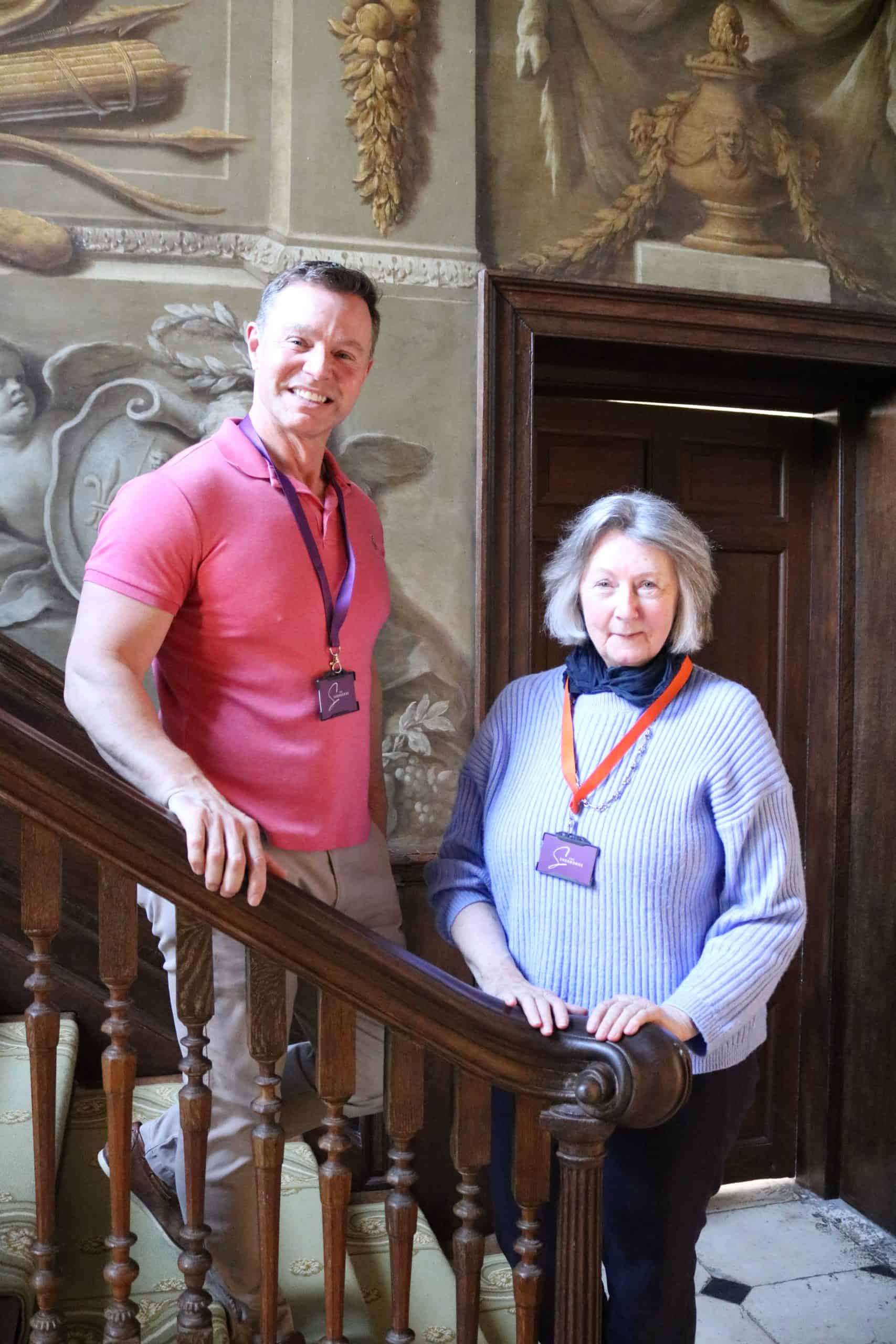Word on the screen spread quickly and the call came for its display at the Scottish National Gallery of Modern Art in Edinburgh in the recent exhibition Cut and Paste: 400 Years of Collage.
The screen was beautifully presented and lit and its powerful presence stole the show. We can look forward to the day when the screen, the Folke Resurrection, and Thornhill’s Painted Stairwell draw and thrill the crowds in Sherborne House.
One last word. Why did Macready undertake this massive task?
Partly, it was the fashion to create such collages at the time but one suspects that Macready also considered it an educational aid for his children. So it can be now as well for the schoolchildren of Sherborne in the hands of inspiring teachers.

